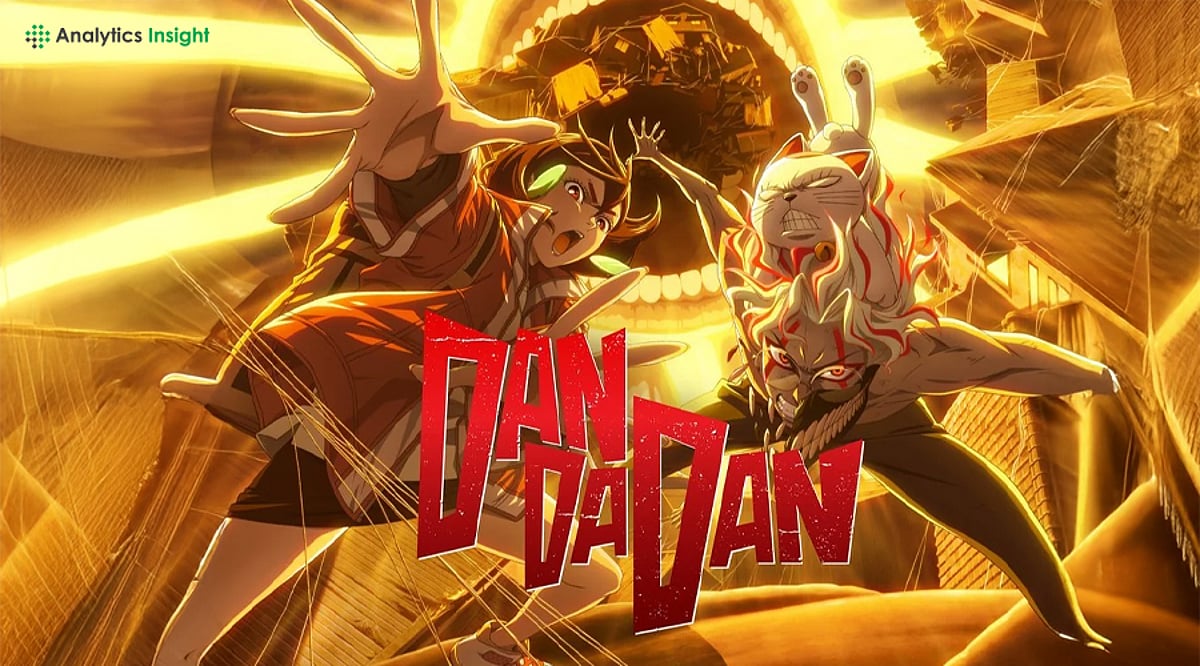The journey of Munawar Faruqui’s much-anticipated film ‘First Copy’ to secure a spot on Over-The-Top (OTT) platforms has been anything but smooth, with industry insiders revealing significant apprehension from channels wary of potential controversies surrounding the popular personality. This exclusive insight sheds light on the often-unseen struggles faced by creators and artists whose public image, for various reasons, becomes a hurdle in content distribution within the competitive entertainment landscape.
Director Farhan P. Zamma recently disclosed the arduous behind-the-scenes reality, stating that numerous channels were “not sure” about Munawar Faruqui’s viability and expressed considerable skepticism regarding his ability to “pull off a show as the male lead.” This hesitation highlights a deep-seated caution within the Bollywood and streaming sectors when engaging with talents who have previously navigated public scrutiny or controversial episodes.
The skepticism extended beyond just Faruqui’s individual controversies, touching upon broader industry concerns about perceived risks. In a media environment increasingly sensitive to public sentiment and potential backlash, the decision-making processes of OTT platforms and broadcast channels often lean towards caution, prioritizing perceived safety over potentially divisive, yet artistically significant, content. This risk-averse approach can inadvertently limit opportunities for a diverse range of voices and narratives.
For artists like Munawar Faruqui, who have gained prominence through various public forums, venturing into traditional cinematic or streaming ventures presents a unique challenge. Their established public personas and the controversies attached to them can overshadow their artistic merit and the quality of their work, forcing a reevaluation of how platforms weigh artistic content against potential public outcry, especially within the vast and influential Indian entertainment industry.
The struggle faced by ‘First Copy’ underscores a critical dynamic in today’s media landscape: the delicate balance between artistic freedom, commercial viability, and public perception. This incident reveals the significant hurdles encountered by independent or artistically challenging projects, particularly when associated with personalities deemed ‘controversial,’ thereby impacting content accessibility and platform diversity for audiences seeking varied entertainment.
Ultimately, this insider account offers a rare glimpse into the complex decision-making matrix that governs content acquisition in the digital age. It prompts a broader discussion about whether public image should consistently dictate artistic opportunities and how the industry can evolve to embrace talent based purely on merit, rather than succumbing to the specter of potential backlash. The journey of ‘First Copy’ will undoubtedly serve as a case study for future content creators and platforms alike.
Discover more from The Time News
Subscribe to get the latest posts sent to your email.





